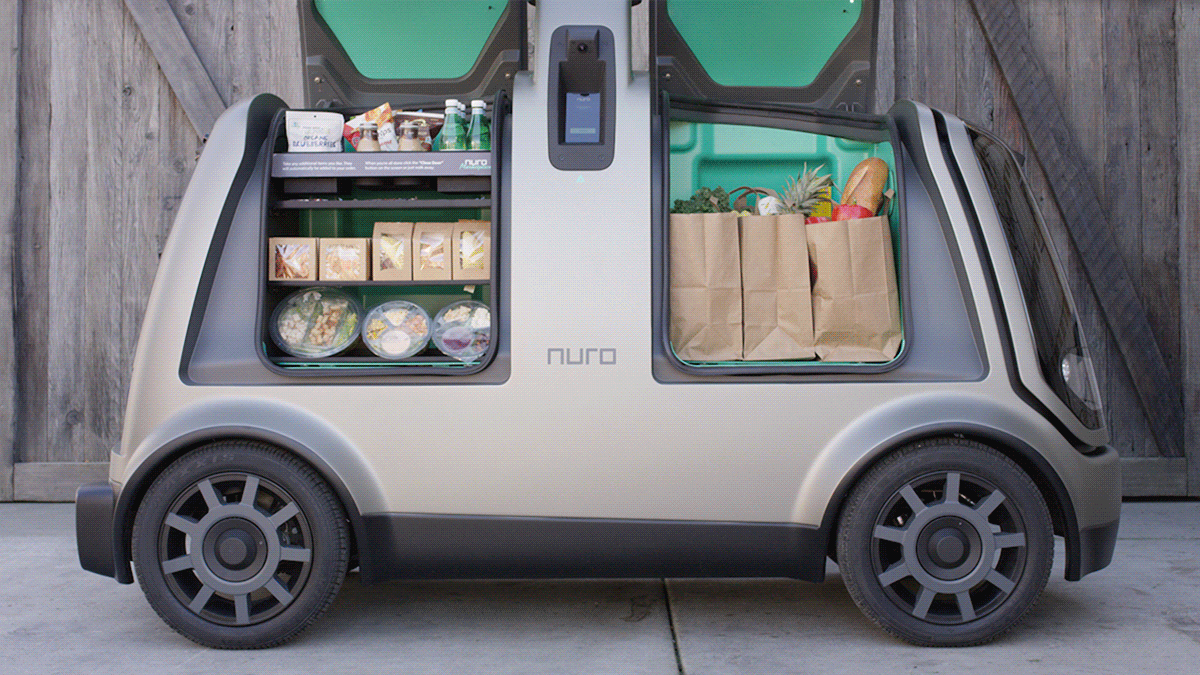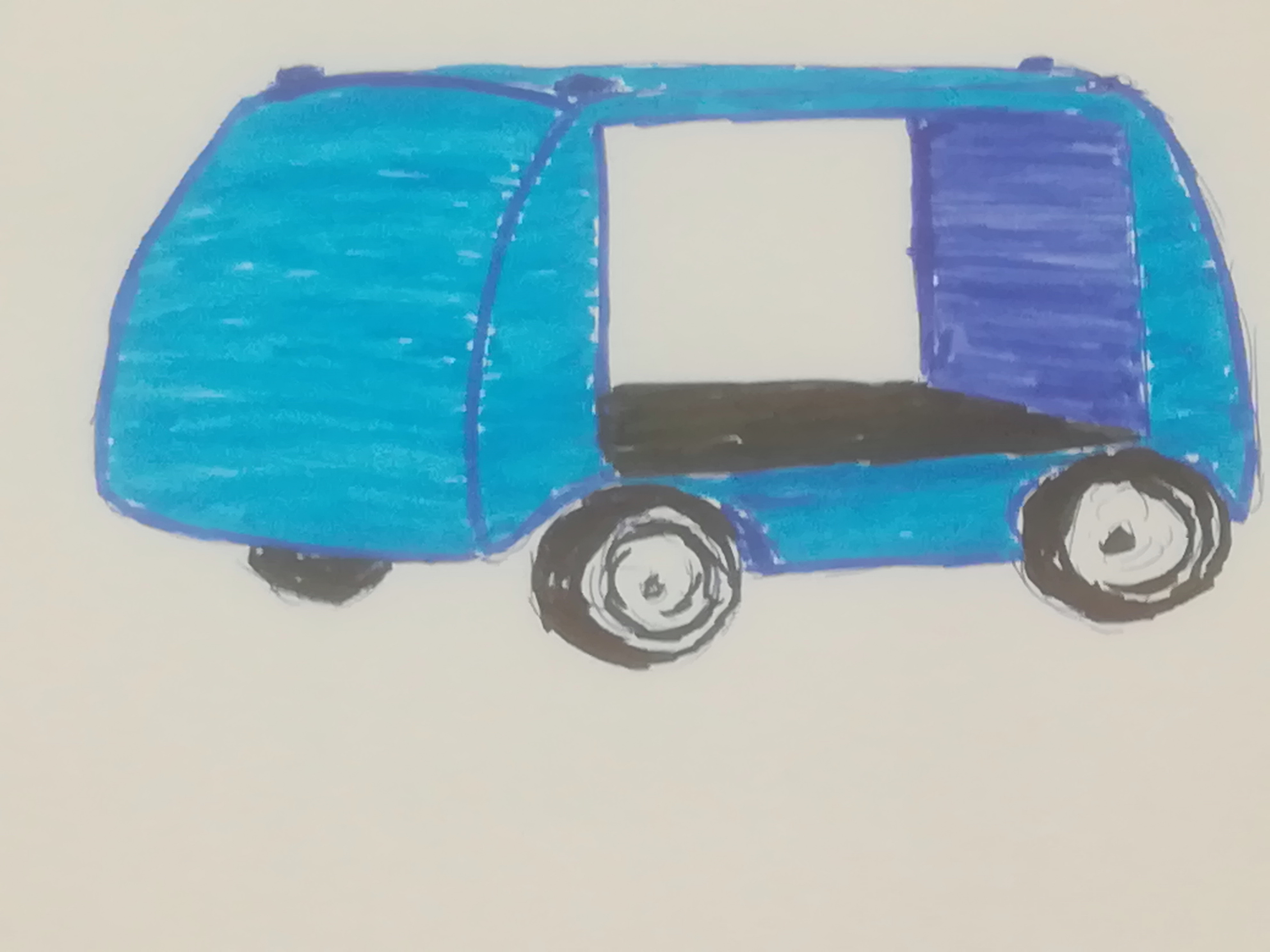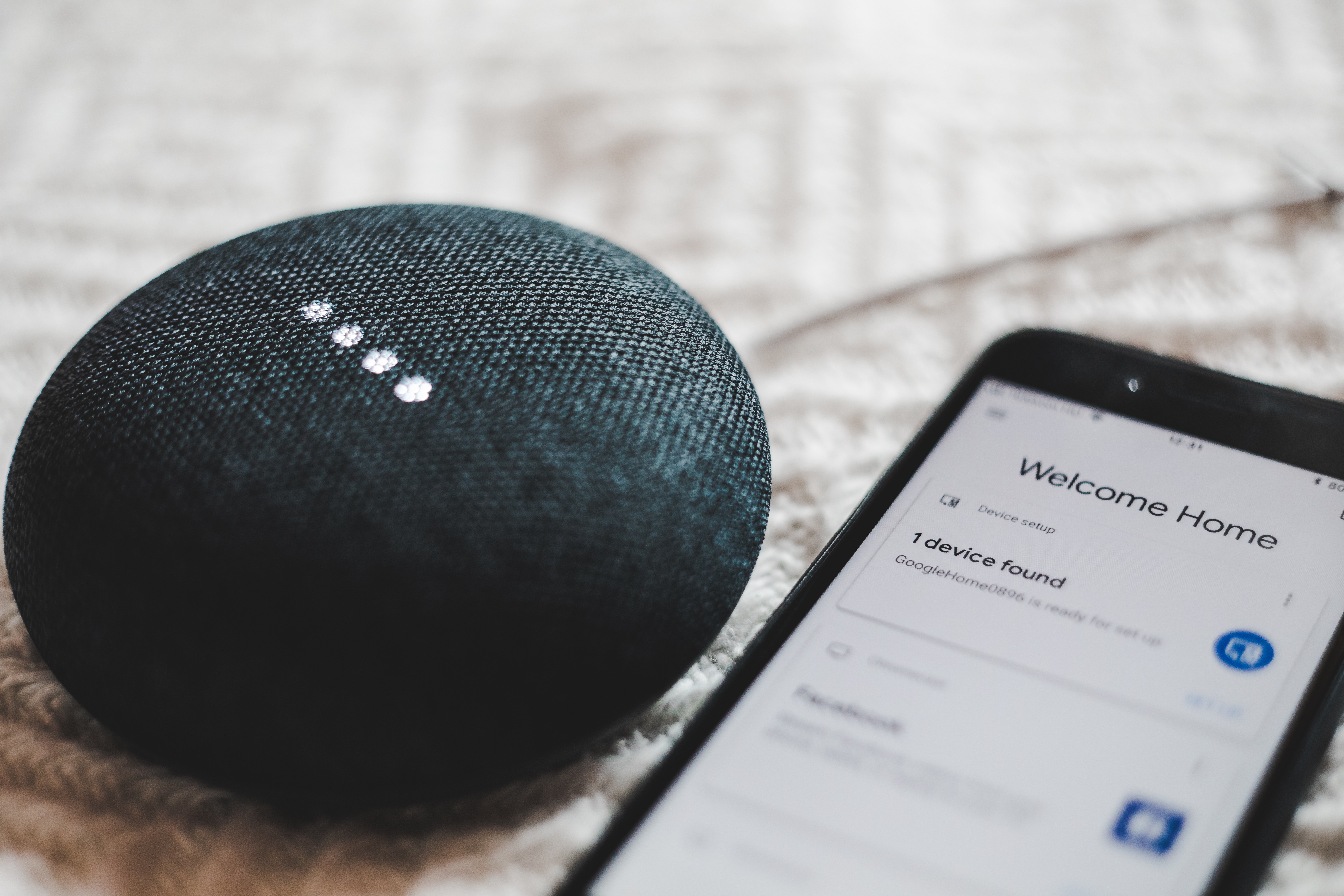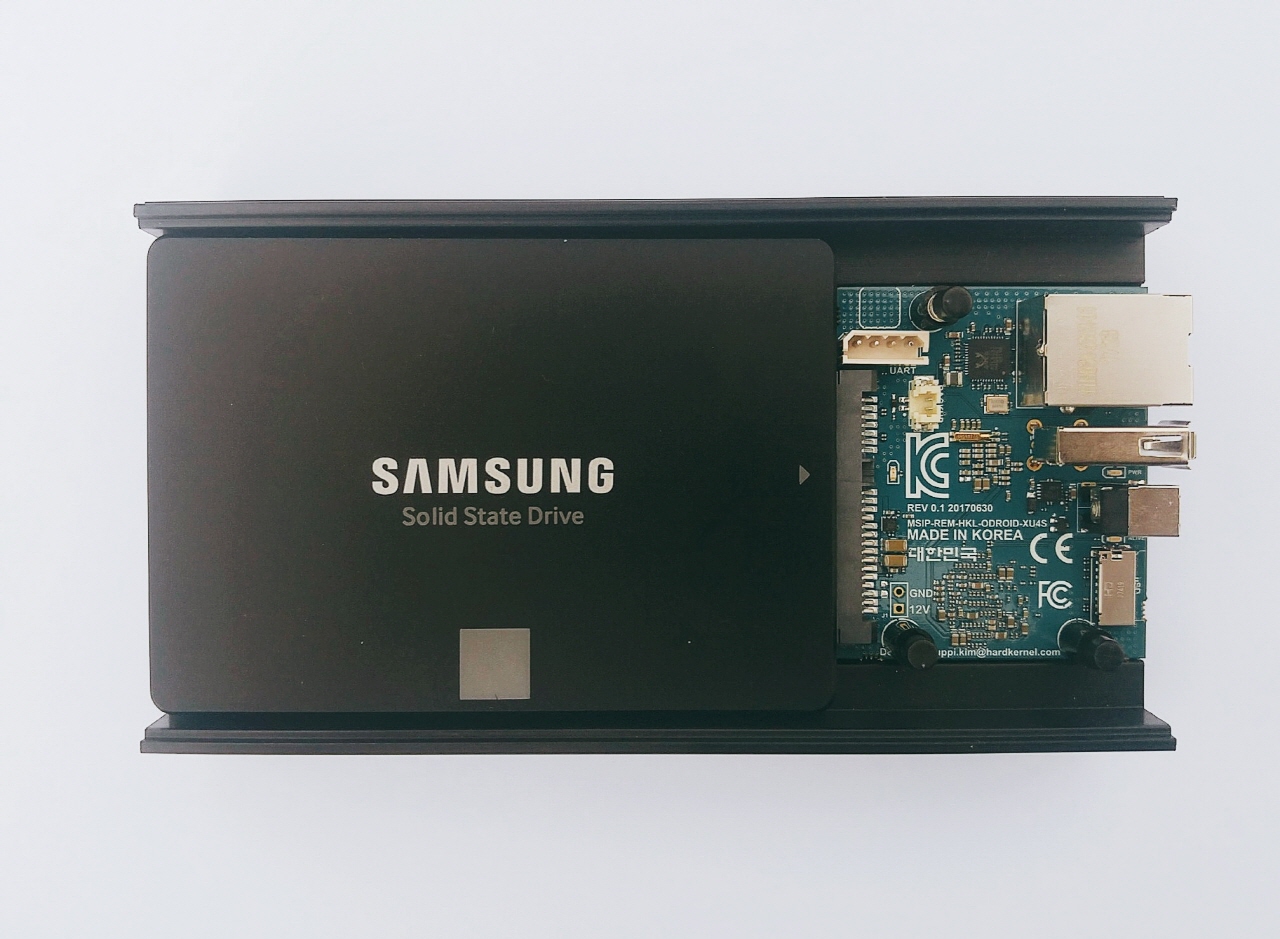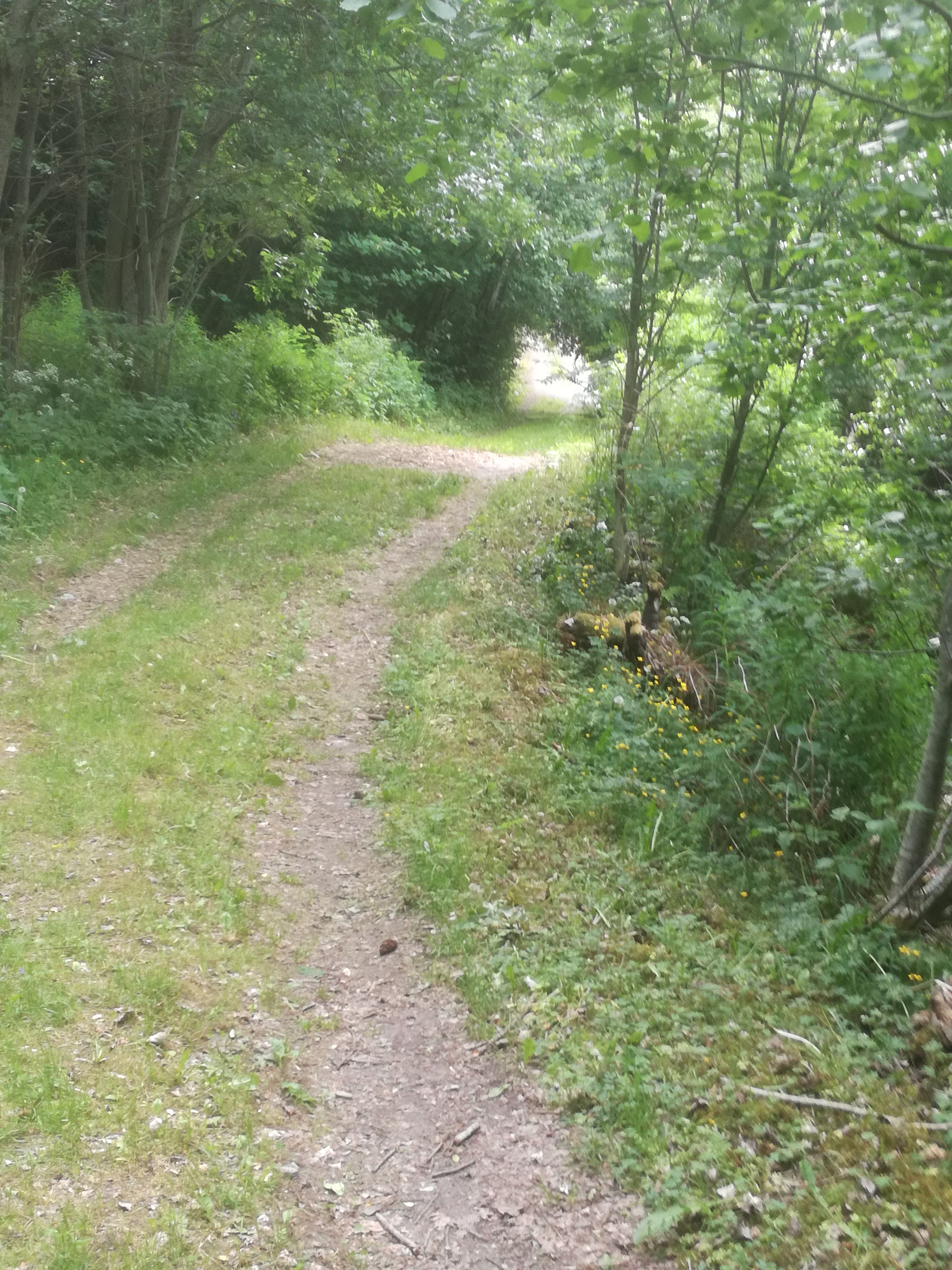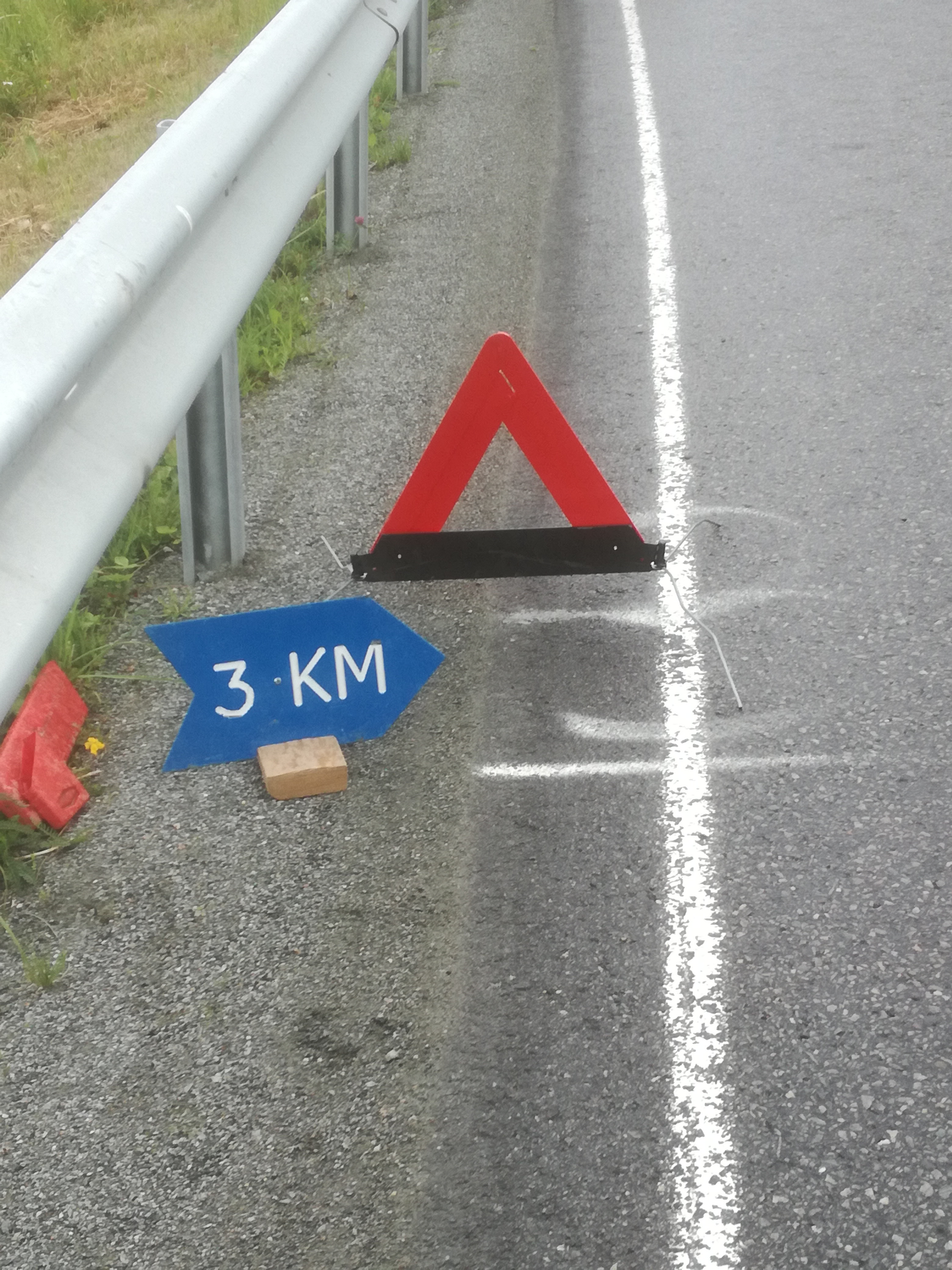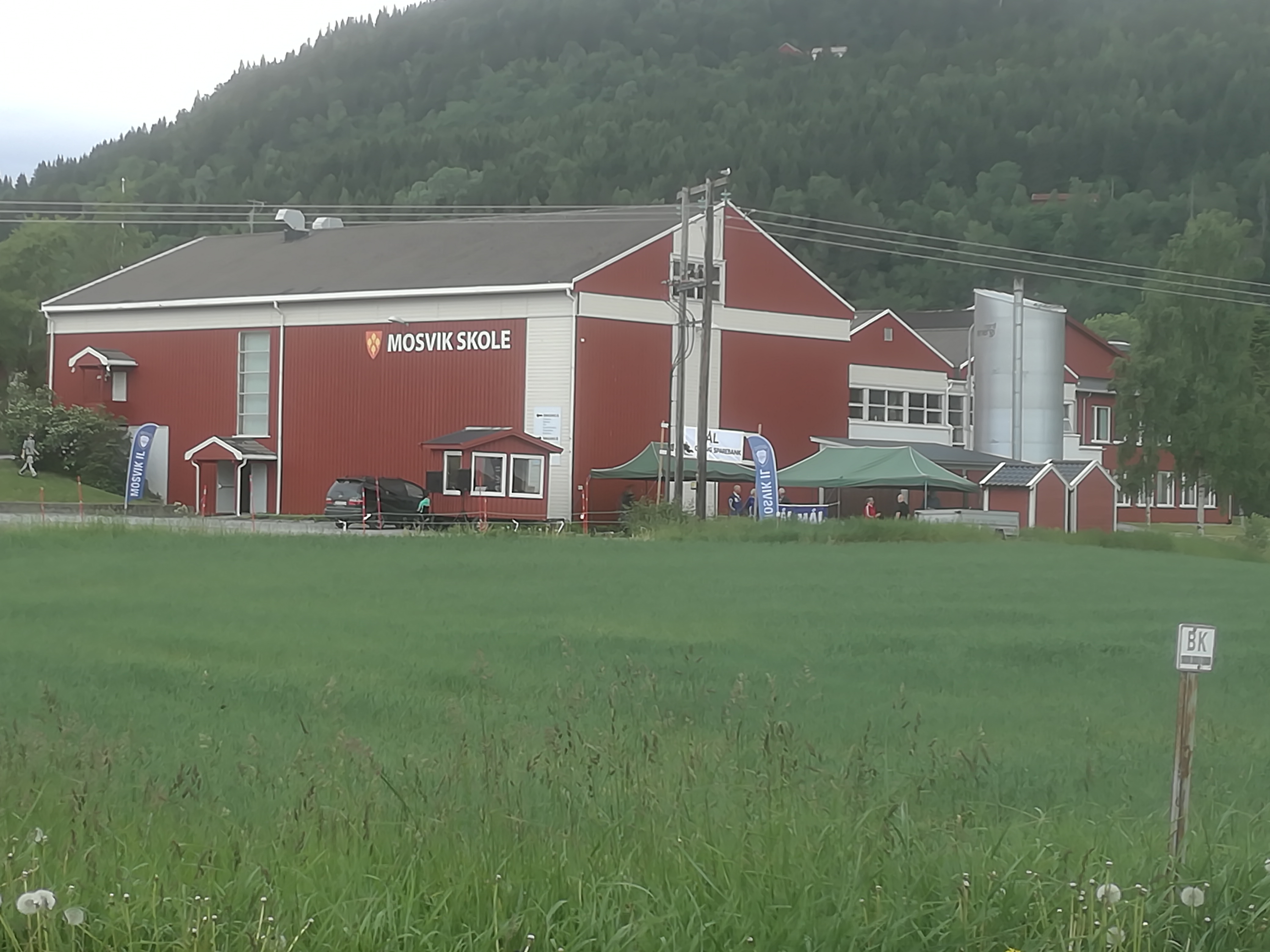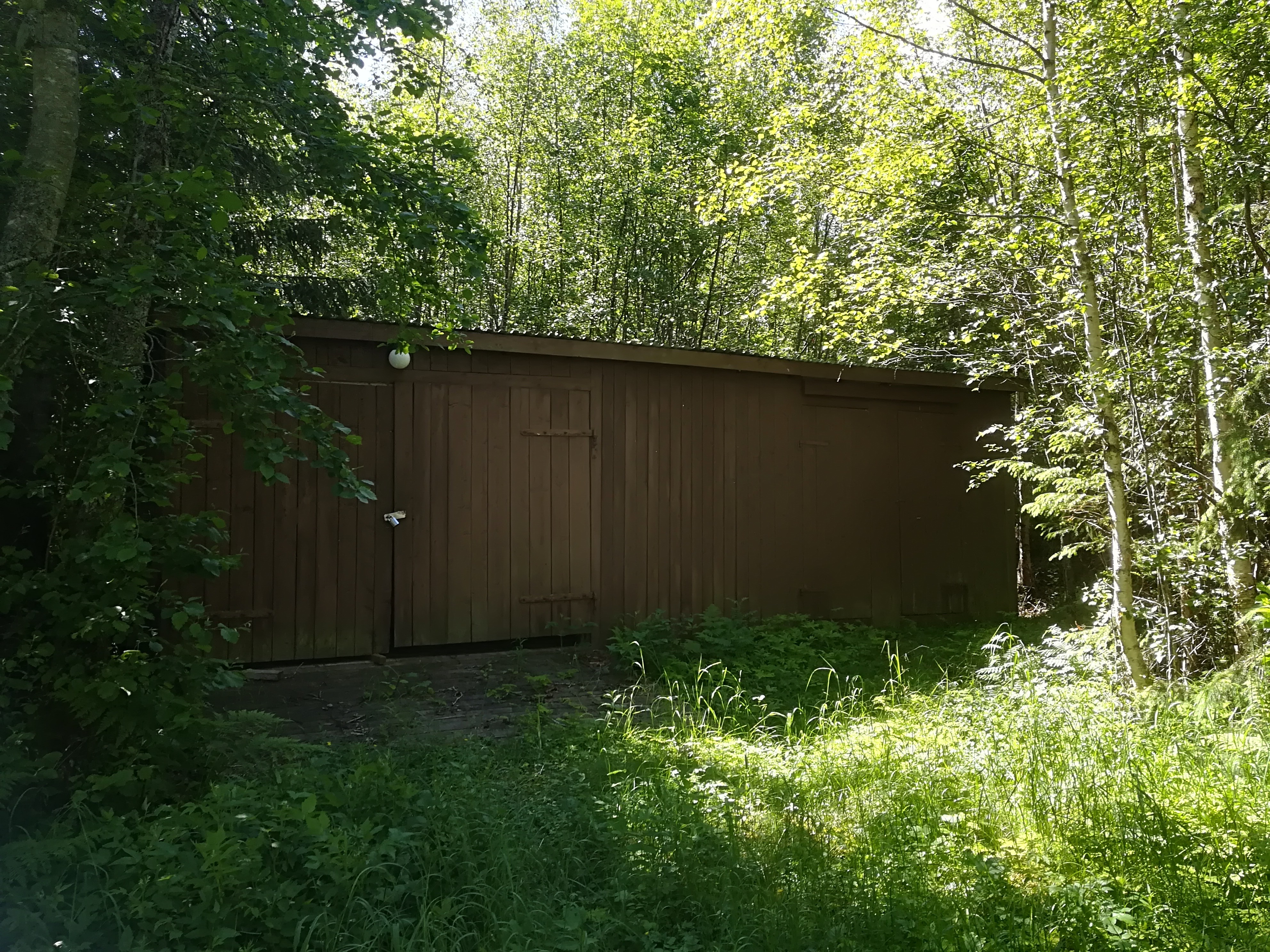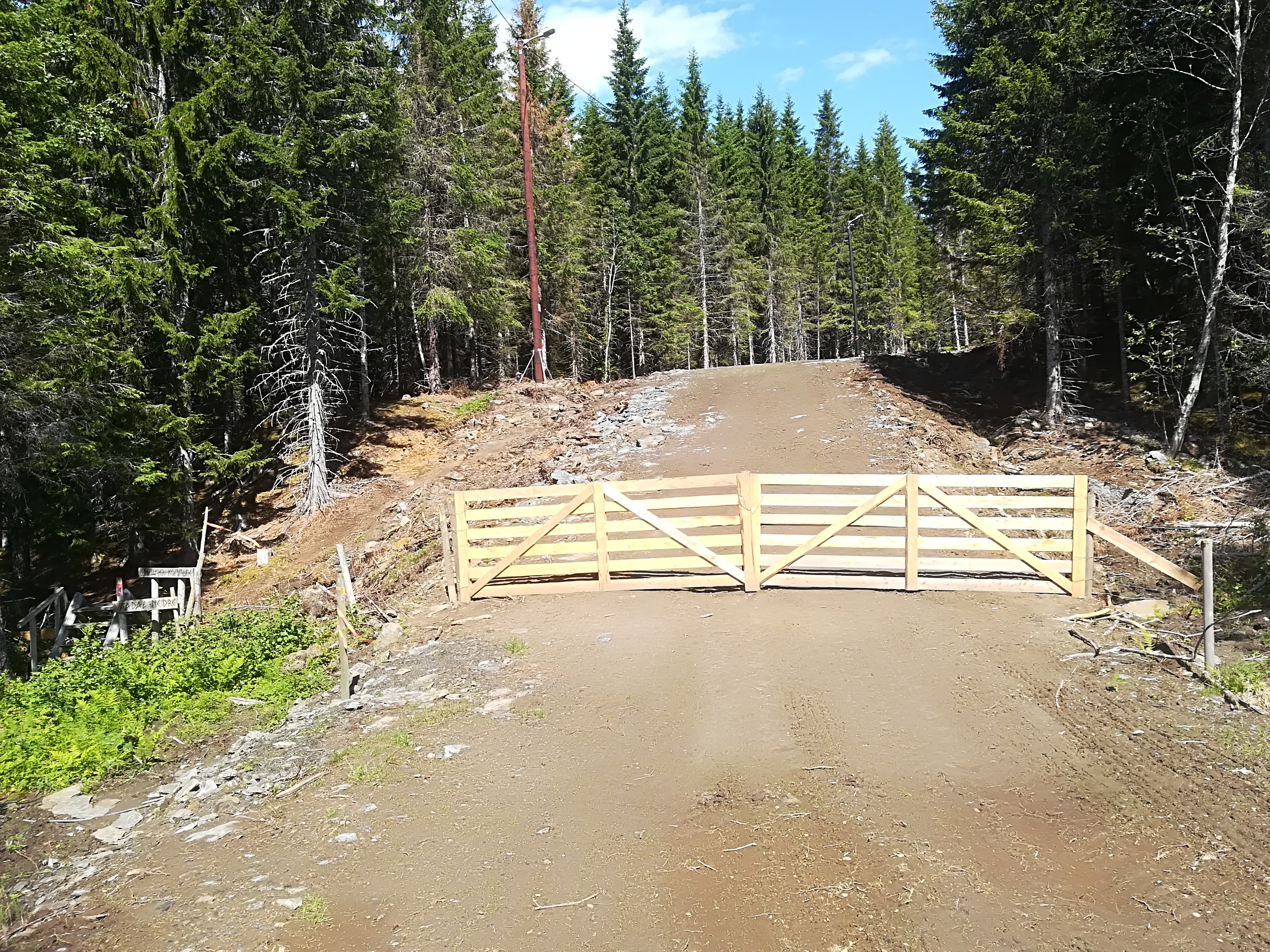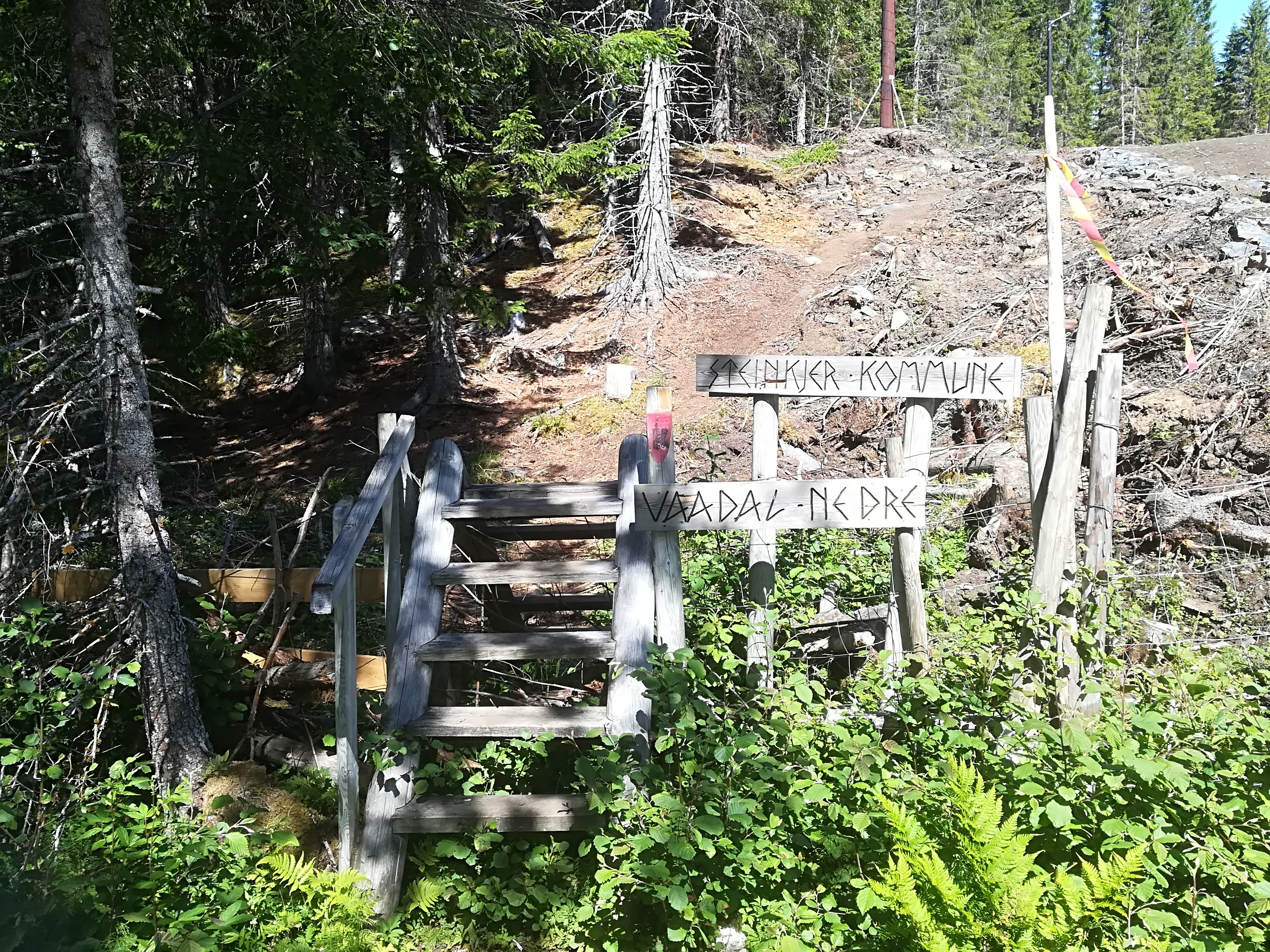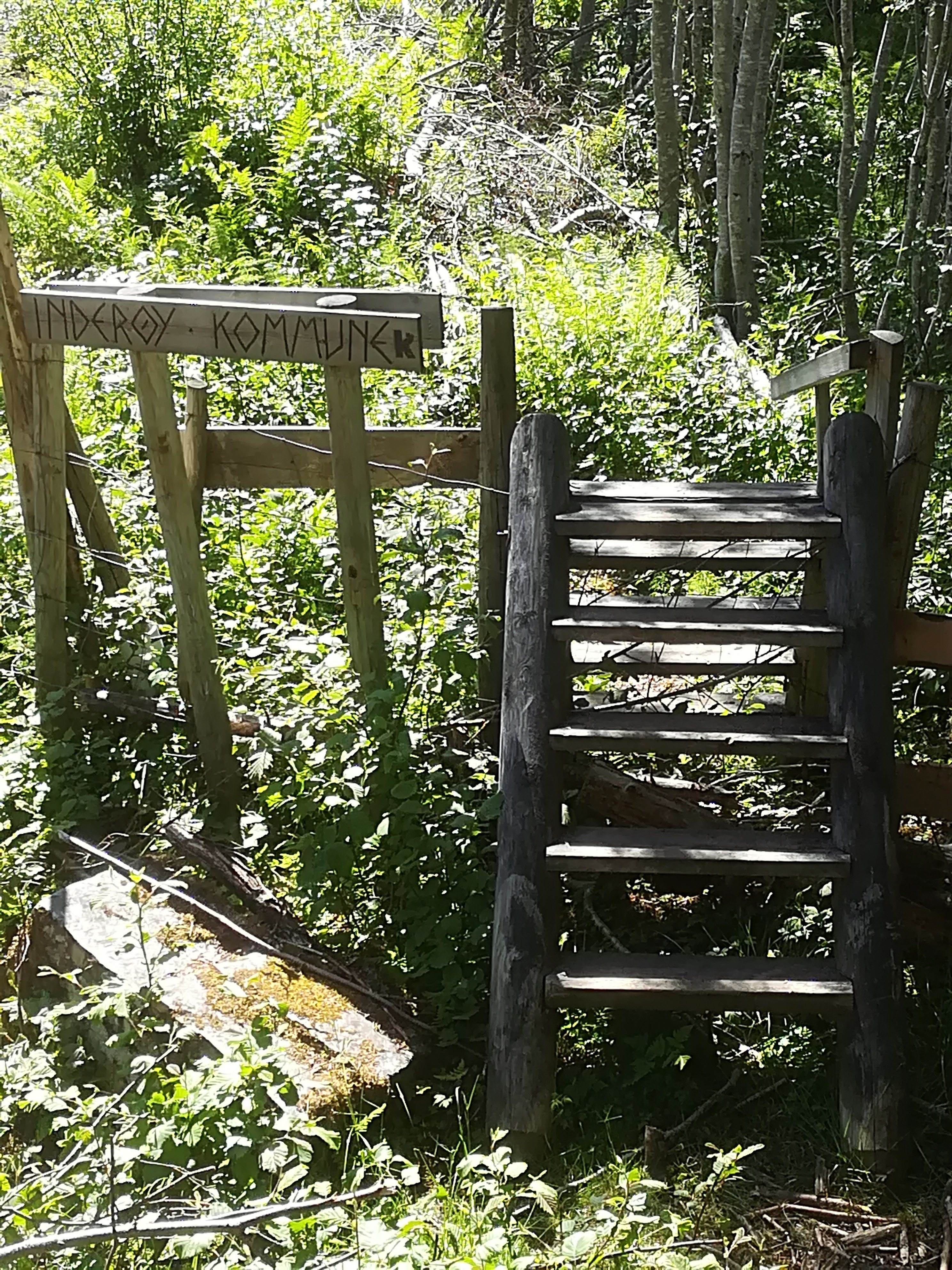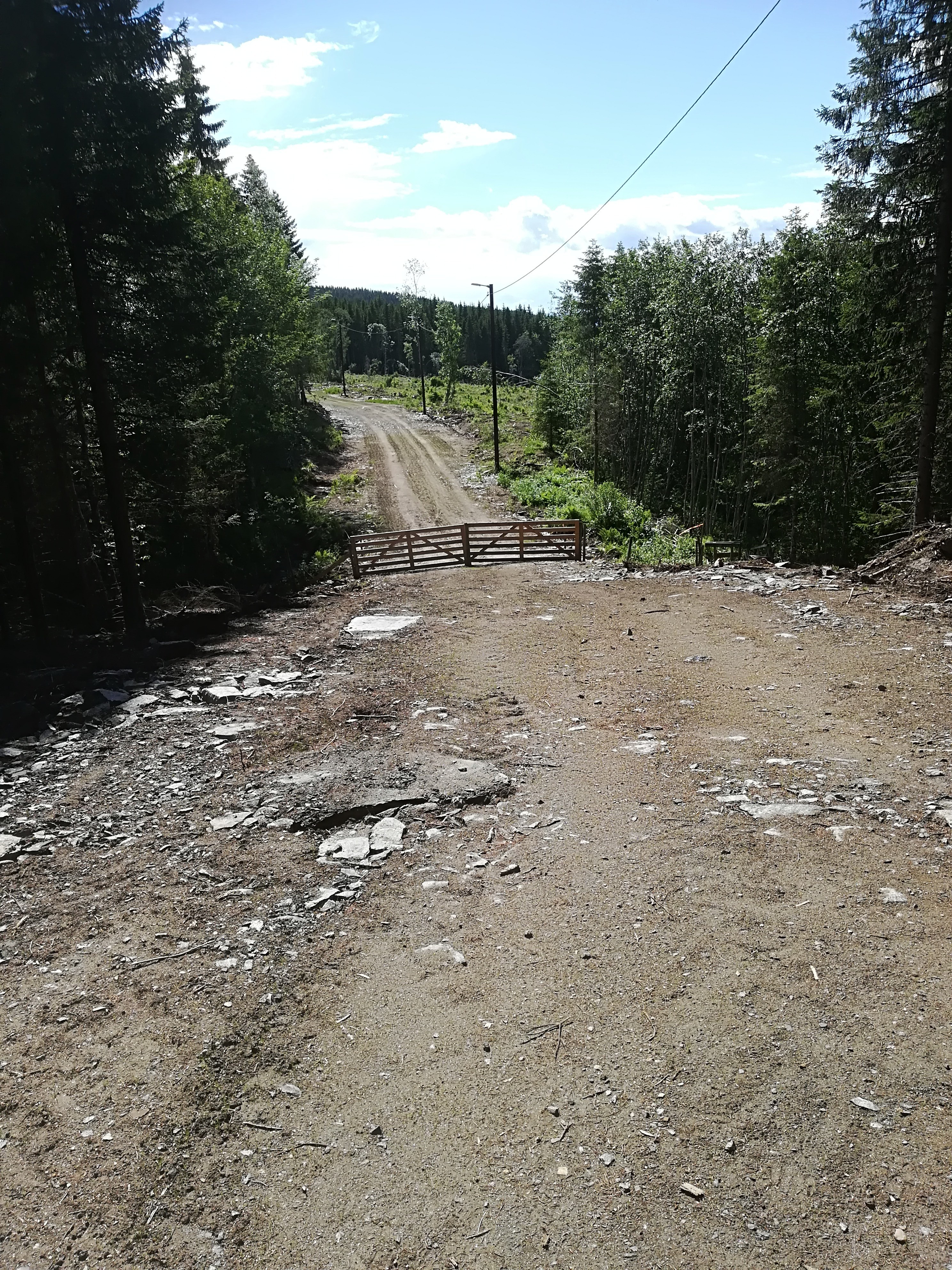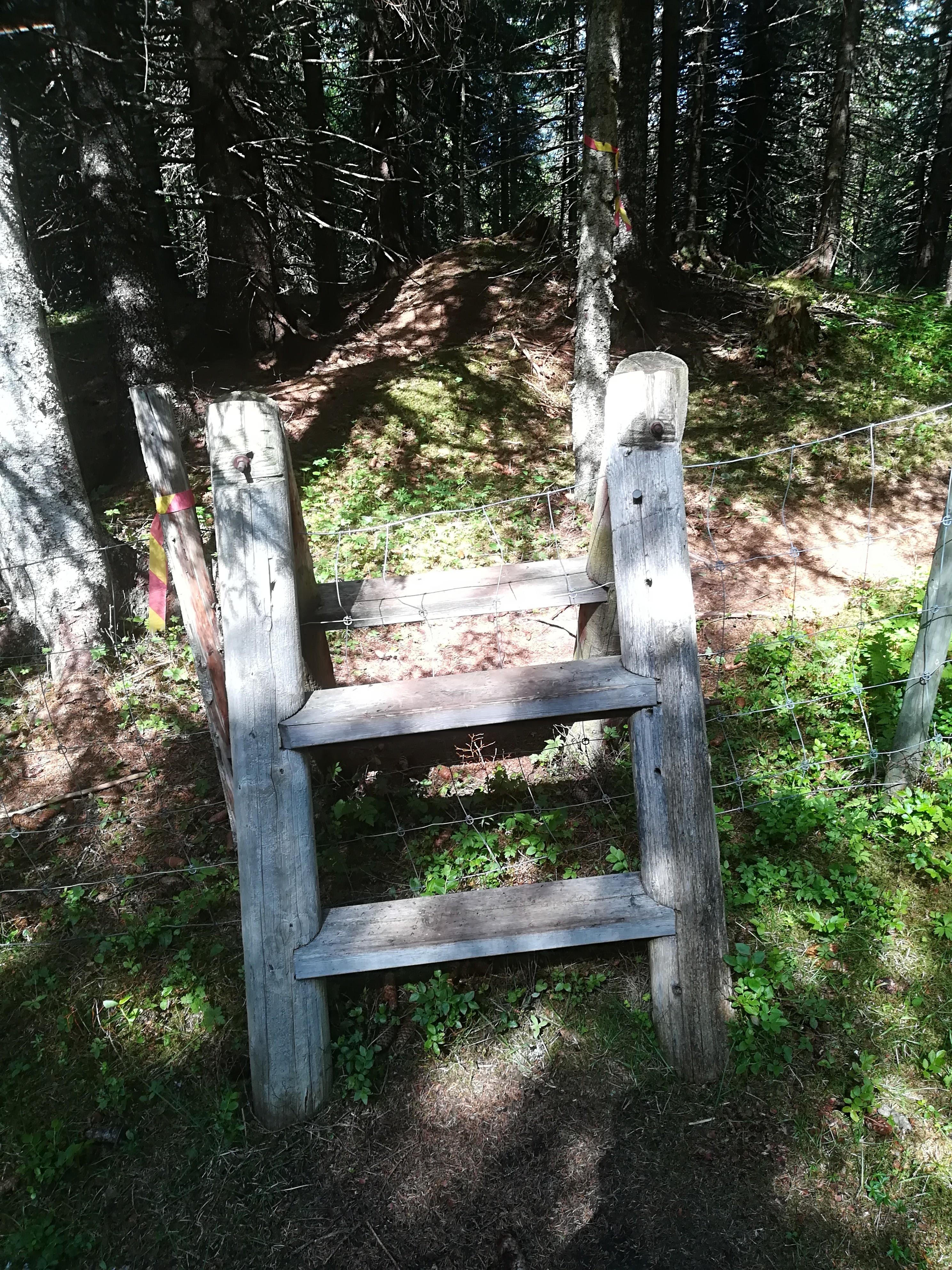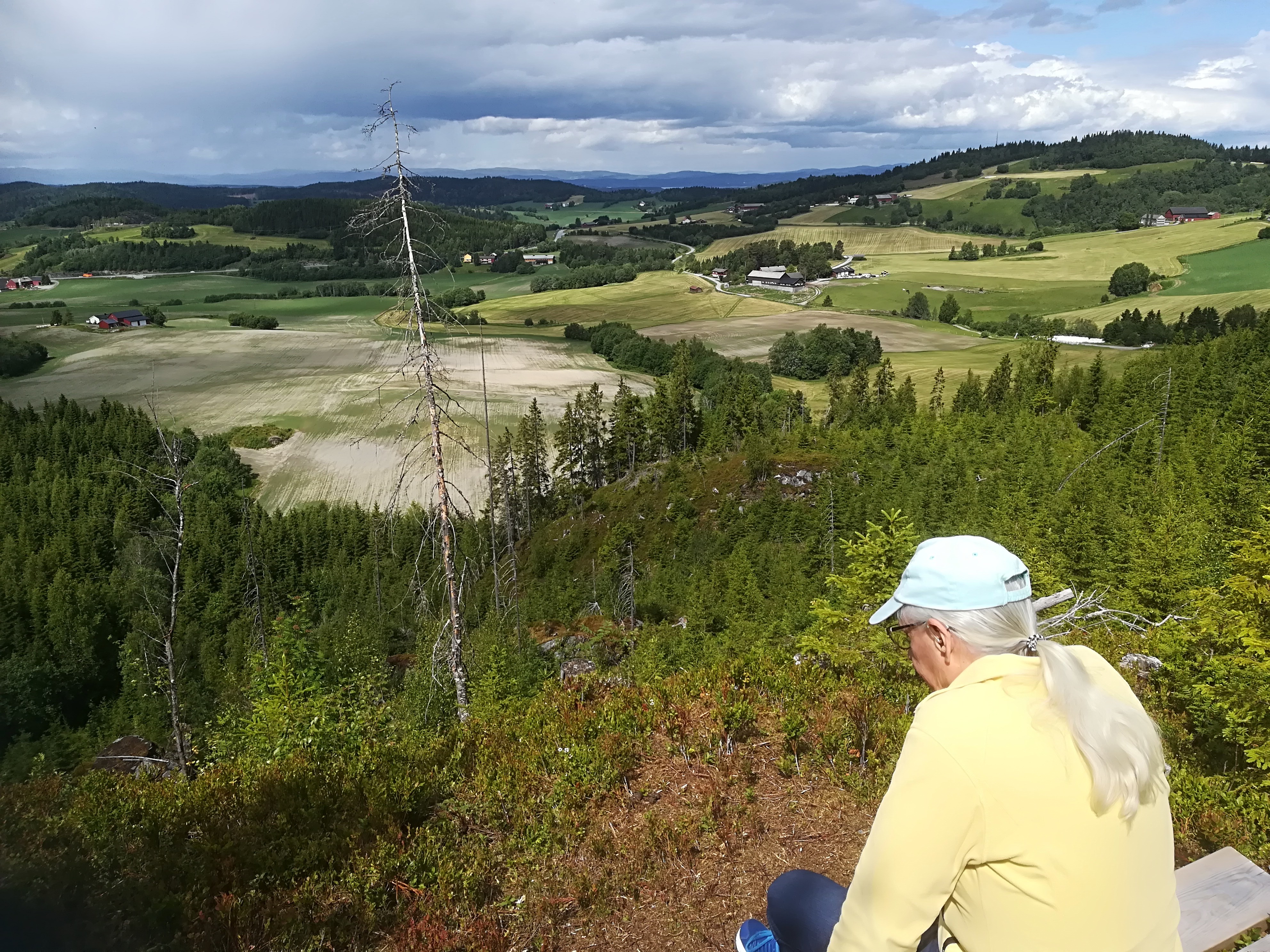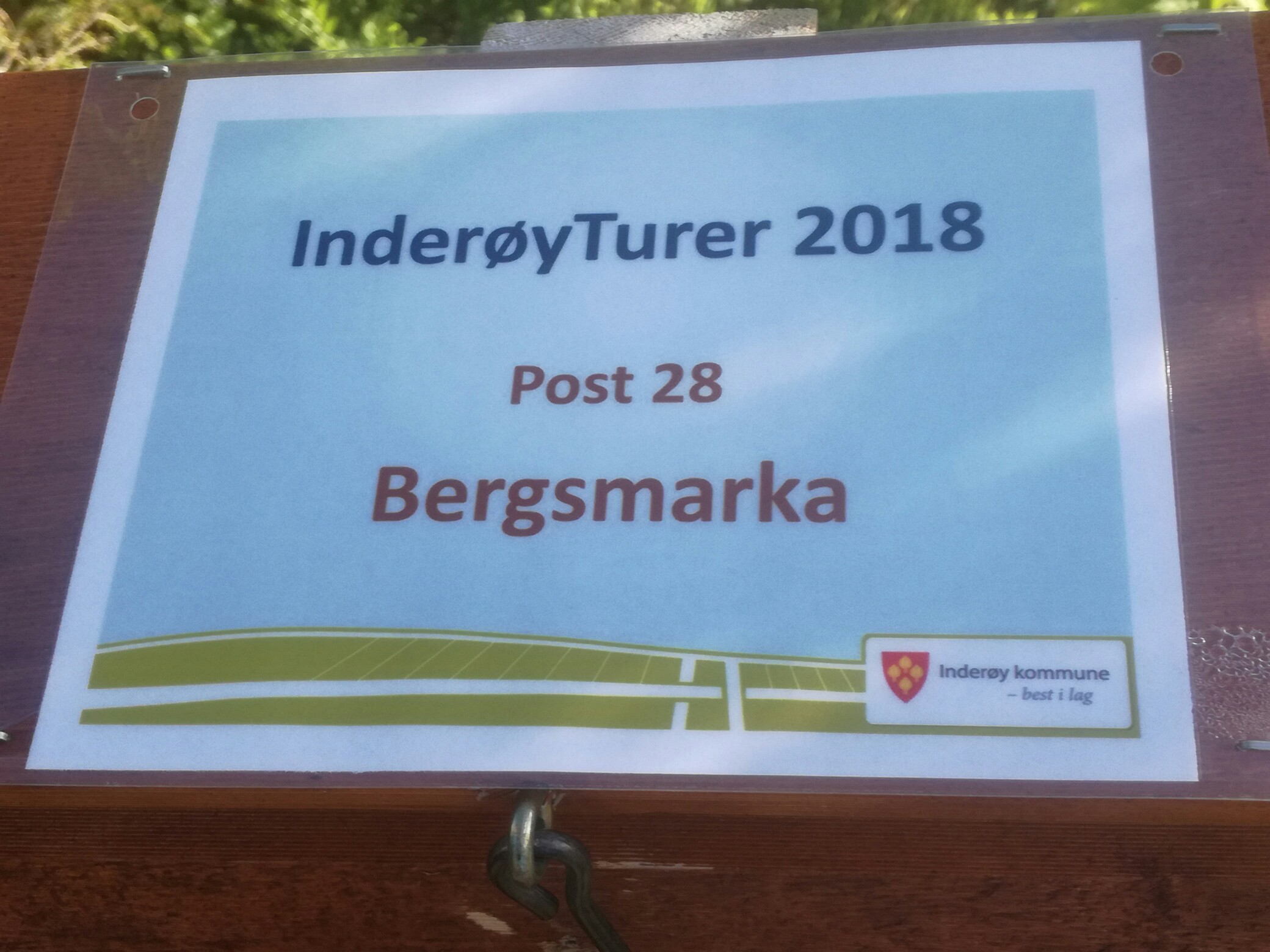Retrograde is an informal project for family and friends to test RetroShare, a friend-to-friend (F2F) network communication and file sharing system, to see if it can replace other social media platforms. Mega-corporate social media incessantly use surveillance trackers, and manipulate users for commercial, political and even more fundamental ideological purposes.

If you know me personally, you may participate in this project!
The key dates of the project are all the first day of the following months in 2018.
July: Official announcement of project, with a request for participants. If you want to participate, please send an email to brock at mclellan dot no, with Retrograde as subject. Nothing more is needed. The official deadline is 2018-07-14 23:59, Central European Summer Time (CEST). For people living on the West Coast of North America, the deadline is 14:59 or 2:59 PM, Pacific Daylight Time (PDT). Unofficially? Well, why don’t you send it now, so you don’t forget? But your request will be considered by a living human being, with long experience dealing with procrastinators!
August: Notification of selected participants. Participants will receive detailed instructions on how to download and install RetroShare, including creation of private and public keys needed to operate the system. Back channels (email) will be used for this purpose. You may want to have a few close friends and/or family members install RetroShare on their computers.
September. Trial operation. During this time you will be able to communicate with friends and family who have RetroShare, and send communication similar to that you would do on Facebook, but without Facebook being in control. Hopefully, during the month you will learn new features of RetroShare that improve the quality of your on-line life. Every few days, you will receive a new message (on RetroShare) suggesting new ways of communicating, building your skills (and confidence) as a RetroShare user.
October. You will be asked some questions about your experiences using RetroShare in September, and particularly about problems you encountered (and your solutions). The official deadline to reply will be Sunday, 2018-10-14 23:59, Central European Summer Time (CEST). For people living on the West Coast of North America, the deadline is 14:59 or 2:59 PM, Pacific Daylight Time (PDT). Note: This date is before the “fall back” to standard time.
November. An anonymized report on the trial operation will be sent to participants, a less detailed weblog post will follow. It will now be up to each participant to decide if they want to keep using RetroShare actively, to keep it passively on their machine, or deactivate it and remove it.
Why Retrograde?
In the final hours of preparing this post, I received a copy of a report from the Norwegian Consumer Council, titled Deceived by Design. It states,
“In this report, we analyze a sample of settings in Facebook, Google and Windows 10, and show how default settings and dark patterns, techniques and features of interface design meant to manipulate users, are used to nudge users towards privacy intrusive options. The findings include privacy intrusive default settings, misleading wording, giving users an illusion of control, hiding away privacy friendly choices, take-it-or-leave-it choices, and choice architectures where choosing the privacy friendly option requires more effort for the users.” (p. 3)
Yes, social media, including Facebook and Google, but also Microsoft with Windows 10, has gotten out of hand. I would like people to participate in a cyberspace where fundamental rights, including the right to privacy, dominate. At the same time, I want people to use dignity and respect in their dealings with each other, online as well as offline. Project Retrograde is an initial effort to provide such a forum.
About RetroShare
RetroShare is an open source, non-intrusive communication platform, with official and unofficial versions available for devices (usually computers) running the following operating systems:
Windows: XP, Vista, 7, 10.
Apple: MacOS.
Linux: Ubuntu, Debian, Mint, Arch, Fedora, Gentoo, , Raspberry Pi, Mageia, CentOS, OpenSUSE.
FreeBSD
Android: Only a partial implementation.
There does not seem to be a distribution for iPhone, but this may be in part because Apple is not particularly open to products outside their very commercial ecosystem. One inexpensive solution for people trapped in an Apple environment, is to buy a raspberry pi, and to use it as a RetroShare server. People in this situation can contact me for details, as I will be implementing RetroShare on a Raspberry Pi 3 B+. A Mac computer, running any modern version of macOS can also be used.
RetroShare works as a communication platform, when it is based on real-life acquaintanceships of “trusted” people in a network. Add only people to the network you know and trust. In 2012, a German Court issued an injunction against a user of RetroShare for sharing copyrighted music files. The user had added an anti-piracy monitoring company as a friend, which allowed him to be “caught”.
Unless you tell someone, it will be very difficult for other people to know that you are running RetroShare.
I will only be adding people to my network that I know personally, even if the last time we met physically was over fifty years ago. I still know them, and trust them. On the other hand, there may be people I have regular contact with, but where, for one reason or another, there is a shortage of trust. With people in this category, I will certainly avoid mentioning anything about RetroShare. My estimate is that, fully populated, my RetroShare contact list will include about 100 people.
One challenge with using Facebook is that they categorize everyone as a friend, while I use much more selective nuances. The several hundred people I am Facebook-friends with include: friends (a core group of about 10 people, most of whom I have known for 30 years or more), close family (which may relate to my adoptive or biological family), not-so-close family, neighbours, co-religionists, former colleagues, former pupils, former prison inmates I have taught, other prison inmates, members of environmental and other organizations, random acquaintances, and people who claim to know me that I can’t even recall vaguely. I habitually turn down friend requests from unknown twenty-something year old women, who include a lot of photos of themselves but little real information, so they are not even included on the list of Facebook-friend categories.
Some of the communication services provided by RetroShare include : private chats, a private mailing system, public and private multi-user chat lobbies, a forum system, an auto-download file distribution system similar to RSS feeds, a link posting system, VoIP calls, Video calls, Tor and I2P support. Admittedly, some of these are not fully developed, and are in Beta testing. During the trial period, a large number of these will be used (or at least proposed used) to see how they function, and if these would be appropriate for continued use.
RetroShare creates encrypted connections to your friends, which reduces the likelihood of surveillance. Retroshare is decentralized. There are no central servers that can retain copies of cleartext (unencrypted) data. Because of this, there is no fear that they will shut down or change their terms of services. RetroShare is independent of government and corporate systems.
For further information see:
https://fil.forbrukerradet.no/wp-content/uploads/2018/06/2018-06-27-deceived-by-design-final.pdf
Wikipedia article: https://en.wikipedia.org/wiki/RetroShare
Official Retroshare website: http://www.retroshare.net/
Tutorial: https://www.youtube.com/watch?v=1zVVxtwEdps
https://www.youtube.com/watch?v=1zVVxtwEdps&t=301s
(At the time of writing 2018-06-29 at 09:00 this video had 4 857 views, and was one of the most popular RetroShare videos.)


